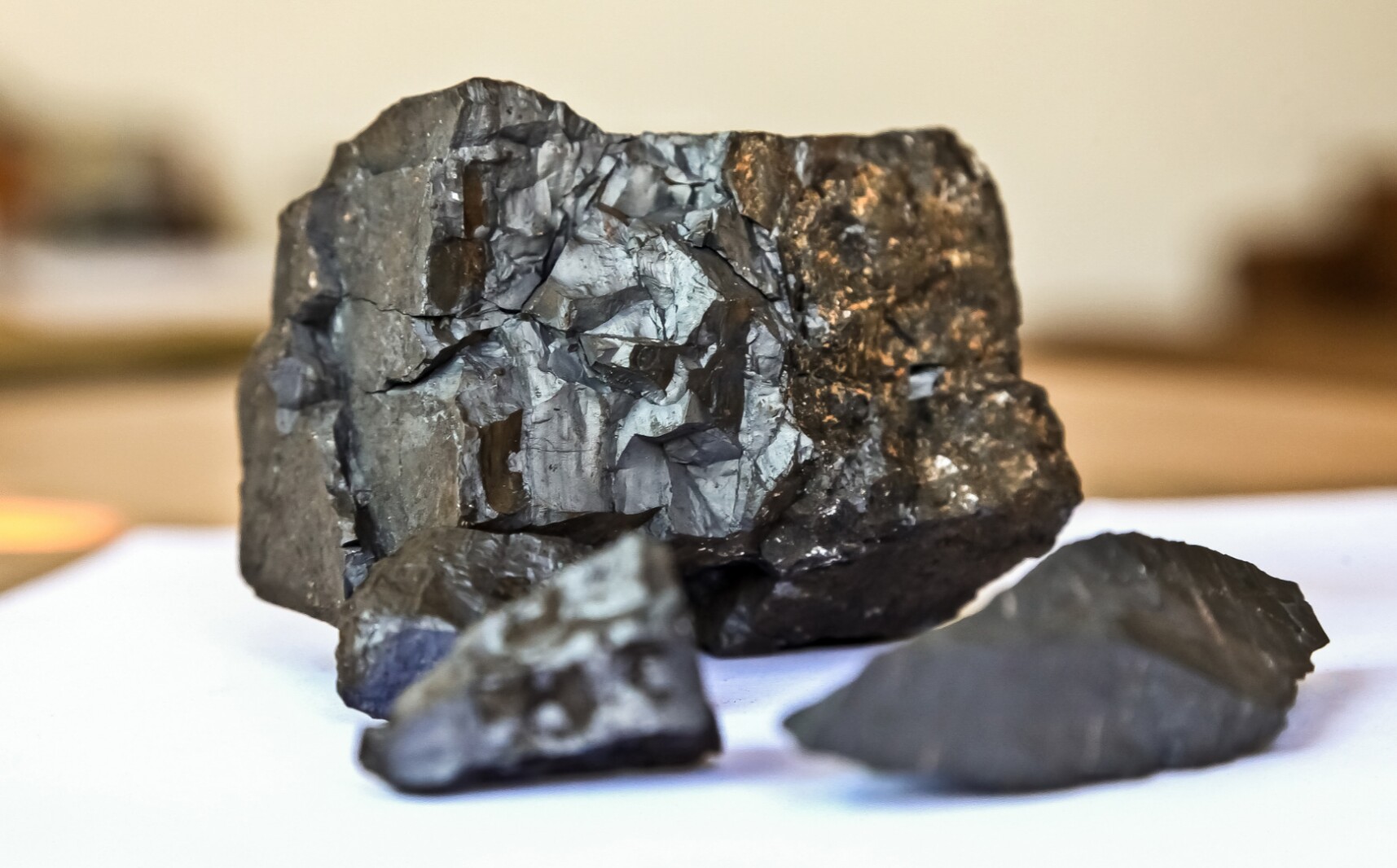
Ever wondered about the wonders hidden within the periodic table? Manganese might not be the first element that springs to mind, but it's packed with surprises that could make you rethink its place in the world. This versatile metal plays a crucial role in our daily lives, from powering batteries to strengthening steel. But what else is there to know about this unsung hero of the elemental world? Prepare to be amazed as we uncover 22 astonishing facts about manganese. These tidbits will not only feed your curiosity but might also spark a newfound appreciation for this essential element. Ready to dive into the world of manganese and discover its secrets? Let's get started!
Key Takeaways:
- Manganese is a vital element used in steel-making, batteries, and human nutrition. It has historical significance, environmental impacts, and fascinating properties, like its ability to decolorize glass and its role in photosynthesis.
- Manganese is found in South Africa, Australia, China, and Brazil, and in various food items. It's essential for human health but can also pose risks if overexposed. Responsible mining practices are crucial to minimize environmental impacts.
What is Manganese?
Manganese is a chemical element with the symbol Mn and atomic number 25. It's not found as a free element in nature; it's often combined with iron and other minerals. Manganese is a critical component in steel-making, acting as both an alloying element and a deoxidizer. Beyond its industrial uses, manganese plays a crucial role in human nutrition, being necessary for the functioning of many enzymes.
Where Can You Find Manganese?
-
Manganese is predominantly mined in South Africa, Australia, China, and Brazil, with South Africa holding the largest reserves of this valuable metal. These countries lead in the extraction of manganese ore, which is essential for producing various manganese-based products.
-
Beyond its ore form, manganese can be found in several food items, including nuts, legumes, seeds, tea, whole grains, and leafy green vegetables. These foods are excellent sources of dietary manganese, crucial for bone health and metabolic functions.
Historical Significance of Manganese
-
Manganese has been used since ancient times, with evidence of manganese compounds used in the glass of Egyptian tombs dating back to 1400 B.C. This early use highlights manganese's enduring value across millennia.
-
In the 18th century, manganese was recognized as an element by scientists. Its importance in steel-making was discovered, revolutionizing industries and construction with the introduction of strong, durable steel alloys.
Manganese in Modern Technology
-
Manganese is vital in modern technology, especially in the production of lithium-ion batteries. These batteries power everything from electric vehicles to smartphones, making manganese an essential element in the tech industry.
-
Additionally, manganese is used in the manufacture of aluminum cans, adding strength without adding weight. This makes aluminum cans both durable and lightweight, ideal for beverages.
Health Benefits and Risks of Manganese
-
Manganese is necessary for human health, supporting bone formation, blood clotting, and reducing inflammation. It's a cofactor for several enzymes, making it essential for energy production and antioxidant defenses.
-
However, excessive manganese exposure can lead to health issues, including neurological problems. Workers in industries that process or use manganese are at higher risk for manganese toxicity, underscoring the need for proper safety measures.
Environmental Impact of Manganese
-
Mining and processing manganese have environmental impacts, including water pollution and habitat destruction. Responsible mining practices are crucial to minimize these effects and protect ecosystems.
-
Manganese can also benefit the environment by removing green and blue-green algae from water bodies. This process improves water quality, making manganese a valuable tool in water treatment.
Fun Facts About Manganese
-
Manganese is the twelfth most abundant element in the Earth's crust, making it widely available for various uses.
-
The name "manganese" comes from the Latin word "magnes," meaning magnet, although manganese itself is not magnetic.
-
An interesting property of manganese is its ability to decolorize glass. This was historically significant in removing the green tint caused by iron impurities.
-
Manganese dioxide was used by prehistoric cave painters to create the black pigments in their cave paintings, showcasing early human creativity and resourcefulness.
-
The element plays a role in photosynthesis in oceanic bacteria, contributing to the oxygen we breathe today.
-
Manganese nodules, found on the ocean floor, are potential future sources of manganese. These nodules contain significant amounts of manganese along with other metals like nickel, copper, and cobalt.
-
In the animal kingdom, some species of mollusks and crustaceans use manganese to strengthen their shells, demonstrating the element's versatility.
-
The United States dollar coin, known as the Sacagawea dollar, contains manganese. This gives the coin its distinctive golden color.
-
Manganese has a melting point of 1,246 degrees Celsius, showcasing its resilience and making it ideal for use in high-temperature applications.
-
The largest single piece of manganese ore ever found weighed approximately 44 tonnes and was discovered in South Africa.
-
Manganese plays a crucial role in the fight against rust and corrosion in steel, extending the life of steel structures and vehicles.
-
Lastly, despite its widespread use and importance, manganese remains one of the lesser-known elements among the general public, often overshadowed by other metals like iron and copper.
A Final Peek at Manganese Marvels
We've journeyed through a landscape dotted with manganese wonders, uncovering its pivotal role in our world. From its critical function in steel production to its surprising presence in photosynthesis and battery technology, manganese proves to be more than just a simple element on the periodic table. It's a linchpin in modern industry, a guardian of environmental health, and a silent partner in innovation. Who'd have thought this unassuming metal could wield such power and versatility? As we close this chapter, let's carry forward a newfound appreciation for manganese, recognizing its unsung contributions to our daily lives and the broader technological advancements. Here's to manganese, the unsung hero of the elemental world, whose tales of marvel are etched not just in the pages of science but in the very fabric of our civilization.
Frequently Asked Questions
Was this page helpful?
Our commitment to delivering trustworthy and engaging content is at the heart of what we do. Each fact on our site is contributed by real users like you, bringing a wealth of diverse insights and information. To ensure the highest standards of accuracy and reliability, our dedicated editors meticulously review each submission. This process guarantees that the facts we share are not only fascinating but also credible. Trust in our commitment to quality and authenticity as you explore and learn with us.


